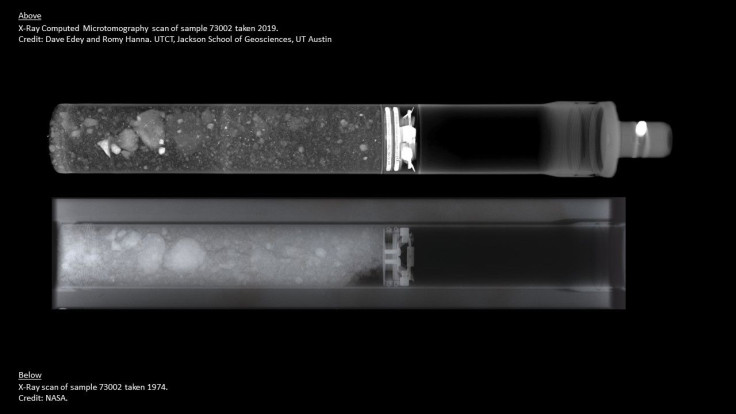ESA Preparing To Study Unopened Apollo 17 Lunar Samples
KEY POINTS
- ESA is preparing to study the samples taken from the Moon
- The samples were collected by NASA's Apollo 17 mission
- Studying the samples can help future space missions
Scientists from the European Space Agency (ESA) are preparing to take part in a program that will analyze one of the samples taken from the Moon by a previous NASA mission. The scientists are hoping to learn how to establish a sustained human presence on the Moon by studying the samples.
The current samples that scientists from different parts of the world are studying were collected by NASA’s Apollo 17 mission in 1972. Currently, there are two unopened samples from the mission.
One of the samples is expected to be opened later this year for NASA’s Apollo Next-Generation Sample Analysis (ANGSA) program, which will be carried out by nine expert science teams. One of the teams that will participate in the program will be from the ESA and will be composed of scientists and engineers.
“ESA collaborators will assist in the characterization of samples, and help us assess how well the lunar material has been collected and preserved,” Charles Shearer, the head of the ESA scientific team, said in a statement. Looking ahead, this will help us design future collection and curation procedures for the NASA-led Artemis mission.”
Scientists are hoping to learn a lot about the Moon through the lunar samples. They are hoping that the samples could provide vital information regarding the possibility of establishing sustained human presence in space.
The subject of setting up human outposts emerged as agencies expressed their plans to explore the Moon and Mars in future missions. By studying samples from the Moon, ESA scientists are hoping to get a better understanding of lunar surface conditions and how they can be used to establish human outposts.
“Utilising materials present on the Moon is an important part of enabling a future sustained presence for men and women at the lunar surface and for developing onward human exploration of Mars,” Dayl Martin, an ESA Research Fellow and ANGSA participant explained in a statement.
“Understanding the composition and behavior of lunar material is important to achieve this,” Martin added. "The techniques currently being refined as part of ANGSA are set to provide such insights.”

© Copyright IBTimes 2024. All rights reserved.





















